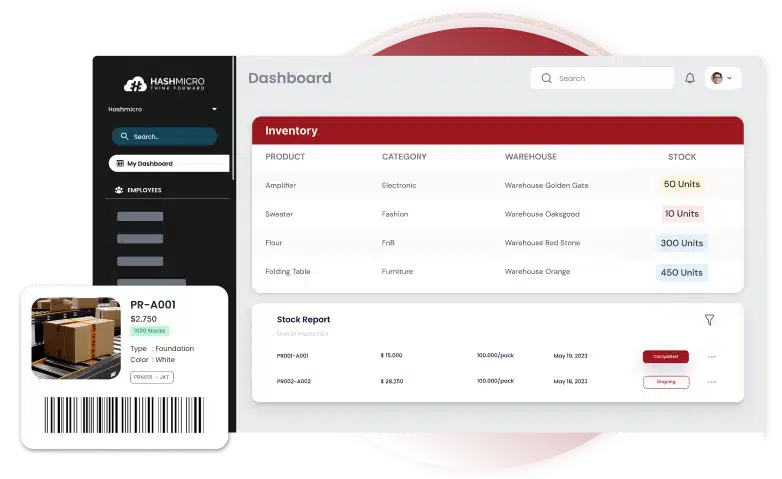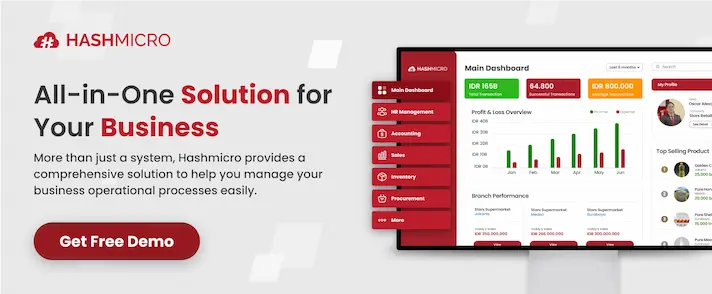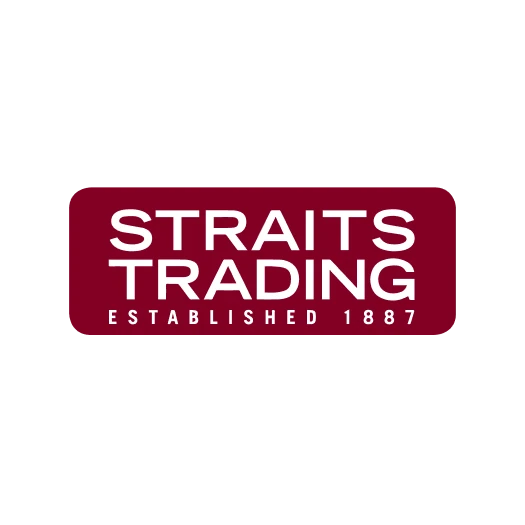Are stock shortages disrupting your operations? Do you often discover critical inventory items running out just when you need them most? When reorder timing is off, it can cause delays, missed sales, and frustrated customers, all of which damage your bottom line.
In 2023, inventory distortions such as overstocking and stockouts led to global losses of over $1.8 trillion, or 7.2% of total retail sales, according to IHL Group. These costly errors often stem from poor reorder tracking, highlighting the critical need for accurate stock level calculations.
Fortunately, there’s a simple yet powerful concept that solves this: the reorder level. By calculating it correctly, you can avoid reactive decisions and keep your inventory flow smooth and predictable.
Thousands of companies have already improved efficiency by using the reorder level formula to guide their purchasing decisions. Want to do the same? This article will show you exactly how to calculate reorder levels and apply them in your business.
Key Takeaways
|
What is a Reorder Level?
A reorder level refers to the point at which your stock quantity becomes low enough that it’s time to replenish. This threshold acts as a safeguard, helping businesses avoid running out of essential items. When inventory reaches this level, it’s a clear signal to reorder before disruptions occur.
Every product typically has its own reorder level, depending on how fast it moves and how long it takes to restock. A fast-selling item may require more frequent reorders, while slower items can be replenished less often. By setting clear reorder points, companies reduce the need for constant manual tracking.
Some businesses also build in a buffer known as safety stock, which provides extra coverage in case of delays or sudden demand spikes. When safety stock is used, the reorder level is adjusted to include that additional margin. Regardless of the approach, having a defined reorder level supports better planning and keeps operations running smoothly.
Importance of Reorder Level
A well-defined reorder level gives your team a clear signal for when it’s time to replenish stock. This prevents last-minute scrambling and reduces the chance of manual errors. Instead of relying on guesswork, you gain a consistent trigger for timely purchasing.
It also brings structure to your inventory system, especially when multiple team members are involved in managing procurement. Everyone follows the same reference point, which improves internal coordination and reduces confusion about when to reorder.
Additionally, it allows you to respond more effectively to supply chain variables. Whether you’re dealing with lead time delays or fluctuating order sizes, a reliable reorder level ensures you can plan without disrupting your stock flow.
How to Calculate Reorder Level

Determining an accurate reorder level requires a structured approach. It begins by analyzing product demand and delivery timelines, then applying the appropriate formula based on whether or not safety stock is used. Each step below outlines how to carry out this calculation effectively.
1. Measure average demand
Start by identifying how much of a specific item is typically sold or consumed during a chosen time frame. This could be daily, weekly, or monthly, depending on how your business tracks inventory. Using data from multiple periods gives you a more balanced picture and helps smooth out any seasonal changes or irregular spikes.
2. Calculate lead time
After that, consider how long it usually takes for stock to arrive once an order is placed. This is your lead time. To keep things consistent, use the same time unit you applied when measuring demand. If delivery times fluctuate, average them out based on recent supplier performance.
3. Confirm whether you use safety stock
Not every business keeps buffer inventory, but many do, especially when delays or sudden demand changes are a concern. If your team maintains a backup supply, identify how much of it is regularly held. Checking procurement policies or consulting with inventory managers can give you clarity here.
4. Use the correct reorder level formula
Once you’ve gathered the details, apply the formula that matches your stock strategy. If there’s no safety stock, the calculation is simple:
Reorder level = Average demand × Lead time
However, when safety stock is involved, use this version:
Reorder level = (Average demand × Lead time) + Safety stock
Always ensure your units of measurement are aligned. It’s a small but crucial step to avoid miscalculations.
5. Reassess regularly
Finally, keep in mind that demand patterns and supplier timelines can change. If stockouts happen more often or deliveries become faster, don’t hesitate to update your reorder level. A quick review every few months can help maintain accuracy and avoid costly gaps.
Benefits in Calculating Reorder Lever for Businesses
Understanding the reorder level formula goes beyond simply knowing when to restock. Applying it effectively can generate a wide range of operational advantages, especially when it comes to inventory control, customer service, and long-term business planning. Below are several key benefits worth noting:
1. Improves stock availability and reduces operational delays
Calculating the reorder level allows businesses to align restocking with real-time demand. This ensures key items are replenished on time, helping avoid disruptions that could affect production or customer satisfaction.
2. Enhances customer experience through reliable product availability
When stock levels are consistent, customers are less likely to encounter out-of-stock notices. This reliability builds trust, encourages repeat purchases, and strengthens your brand’s reputation over time.
3. Helps lower storage costs and minimize waste
Overstocking often leads to inflated storage costs and potential product spoilage. With an accurate reorder level formula, businesses can keep inventory lean while still meeting demand efficiently.
4. Strengthens inventory planning with better data visibility
Using reorder level data improves forecasting and purchasing strategies. It enables teams to prepare for seasonal demand shifts, supplier delays, and other inventory-related challenges more confidently.
5. Supports smarter decision-making for scaling businesses
For growing businesses, a data-backed inventory strategy helps minimize financial risk. Predictable stock levels make it easier to manage supply chains, allocate budgets, and support long-term performance goals.
Automating reorder level calculations reduces manual work and improves inventory accuracy. With up to 70% support from Singapore’s CTC grant, adopting HashMicro’s inventory system becomes a more affordable and strategic choice. Click the banner below to view pricing.
Optimize Reorder Level Management with HashMicro’s Inventory Software

Managing reorder levels becomes more efficient with HashMicro’s Inventory Management Software. Fully integrated with ERP systems, the platform automates critical processes such as stock monitoring, restocking alerts, and reorder point calculations, ensuring smooth inventory flow and timely replenishment.
The system is built to adapt to your business needs. With customizable modules and flexible configuration options, companies can align their reorder settings with demand patterns, supply timelines, and operational goals. This ensures your inventory strategy remains agile and responsive.
HashMicro also offers a free demo to showcase how its solutions improve reorder-level accuracy. Through a guided experience, you’ll see how automation improves visibility, speeds up decision-making, and eliminates manual guesswork in restocking activities.
Key features include:
- Hashy AI assistant – Get proactive alerts on low stock, purchase requests, item expiration, and location transfers.
- Real-time stock monitoring – Track inventory changes instantly to prevent delays from late reordering
- Accounting integration – Sync inventory data with finance tools for precise cost control and budget alignment.
- Automated reorder calculations – Eliminate manual errors by letting the system determine accurate reorder points.
- Smart demand forecasting – Adjust reorder levels using predictive data analytics tailored to current trends
- Stock movement analysis – Refine reorder strategies by identifying high- and low-turnover items
- Aging inventory reports – Prioritize reorders based on stock aging to avoid excess or obsolete inventory
- Hashy AI assistant – Get proactive alerts on low stock, purchase requests, item expiration, and location transfers.
Together, these features give businesses complete control over inventory operations while ensuring reorder levels are continually optimized for efficiency.
Conclusion
Reorder levels help businesses maintain balanced inventory by preventing stockouts and reducing excess. Using accurate demand and lead time data ensures that replenishment happens at the right time, keeping operations smooth and consistent across all departments.
HashMicro’s Inventory Management Software simplifies this process through automated reorder calculations, real-time stock tracking, and integrated forecasting tools. With features like Hashy AI and accounting integration, your team can minimize risks and improve stock visibility.
Ready to enhance your inventory strategy? Get a free demo of HashMicro’s Inventory Management Software today and discover how it can help your business operate more efficiently and accurately.
FAQ about Reorder Level
-
What is an example of a reorder?
A reorder example might involve a retail store that automatically places a new order for 200 units of a best-selling product once its inventory falls to 50 units, ensuring that stock is replenished before it runs out completely.
-
What is another term for reorder level?
Another commonly used term for reorder level is “reorder point” (ROP). Both refer to the inventory threshold at which new stock should be ordered to avoid stockouts.
-
What is a reorder list?
A reorder list is a document or system-generated list of items that have reached or fallen below their reorder levels. It helps purchasing teams quickly identify which items need restocking.
-
What are the four inventory stock levels?
The four key inventory stock levels are maximum stock level, minimum stock level, reorder level, and danger level. These help businesses maintain optimal inventory balance and prevent overstocking or shortages.
-
What is the difference between ROP and MRP?
ROP (Reorder Point) is the level at which new stock should be ordered, while MRP (Material Requirements Planning) is a broader system used to plan raw material purchases and production schedules based on demand forecasts and inventory status.



















































